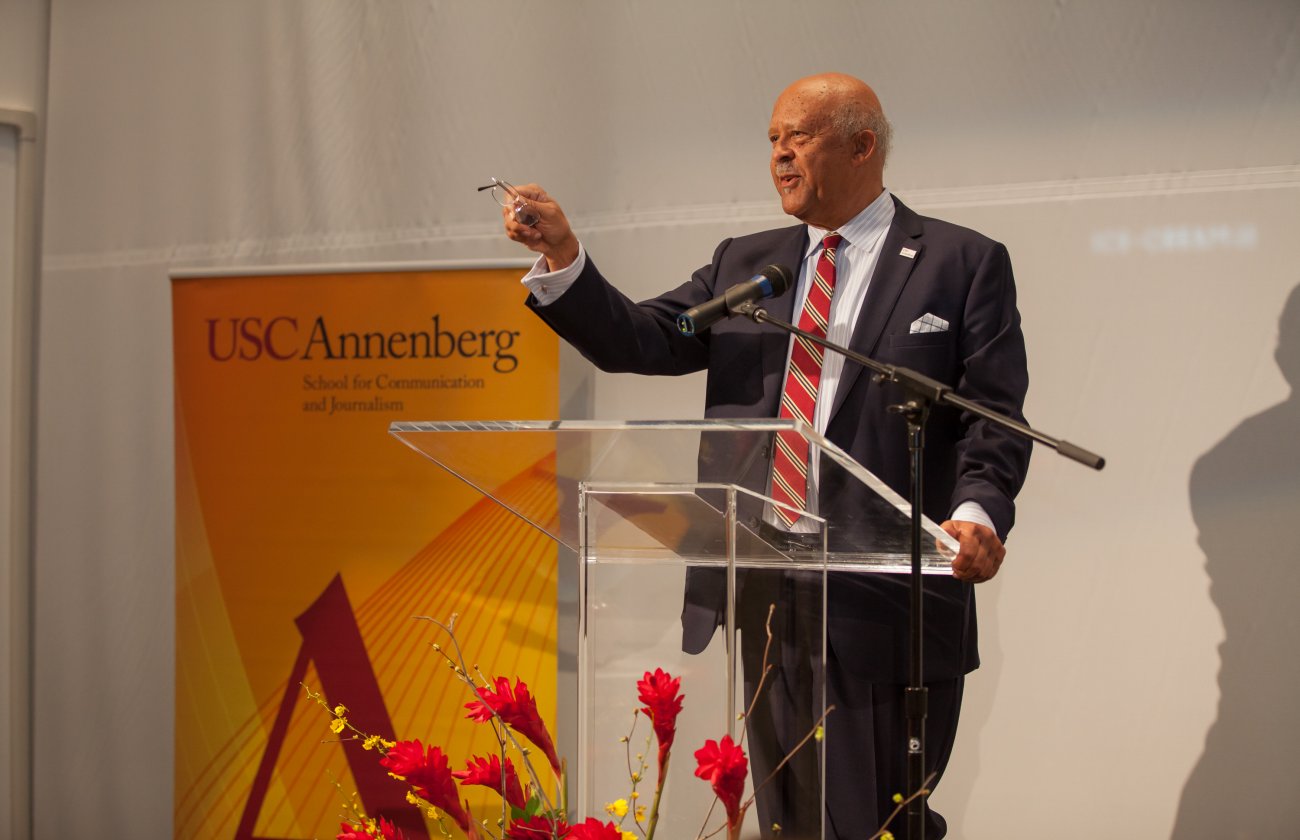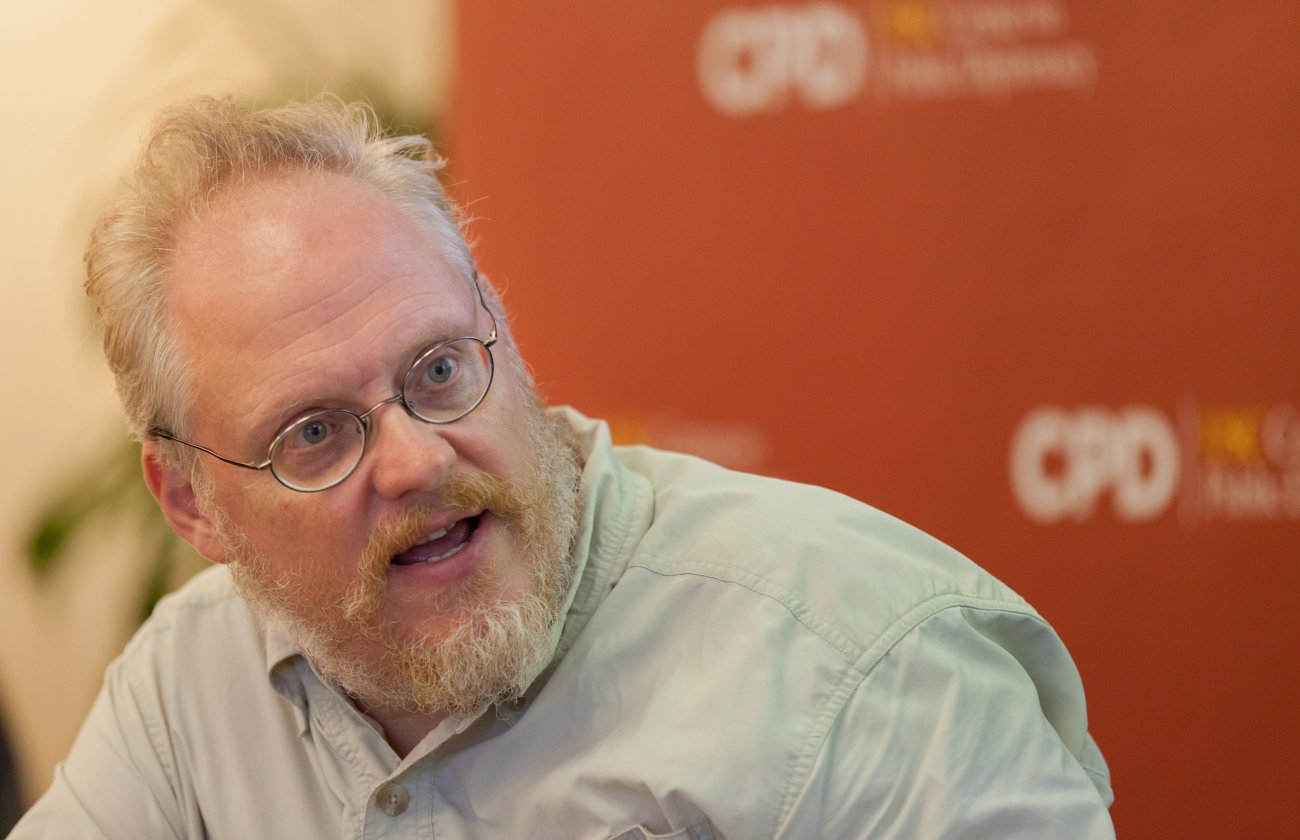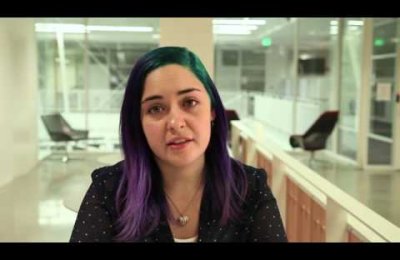 Executive-in-Residence Melanie Sill (pictured) has released a new discussion paper that argues for a shift to open journalism approaches that fully embrace the potential of two-way, digital communication to improve journalism quality and its connections with citizens and consumers. The paper, “The Case for Open Journalism Now: A new framework for informing communities,” is available online in a discussion format, with an interface designed by the Annenberg Innovation Lab that encourages feedback and open conversation. Sill will discuss her findings in a panel discussion with Nikki Usher, assistant professor at George Washington University, and Geneva Overholser, director of USC Annenberg's School of Journalism, at an event on Dec. 12 from 5 p.m. to 7 p.m. at the National Press Club in Washington, D.C. The paper urges nothing short of a true change in culture at news organizations, and ultimately a new way of thinking that considers journalism a service rather than a product. The key is community engagement, not just for feedback but as a genuine part of news gathering and curation. A shift toward transparent and responsive journalism could help journalists define their new roles in the digital era, when information is flowing everywhere, Sill said. “I think one of the hardest things for journalists to understand is that the gatekeeper role is not our main job anymore. People know that, and they say, ‘If that’s not our job, what is our job?’ and that’s the question I’m most interested in.” Over her six-month residency at USC Annenberg, Sill researched the paper by conducting dozens of interviews and reviewing books, articles, blog posts and journalism by mainstream and alternative media. She explores some of the history of open journalism ideas, including the Open Journalism Workbook published by the Robert C. Maynard Institute for Journalism Education. She explains how open-source software ideas are intersecting with investigating reporting culture and discusses how newspaper culture can act as an obstacle to change. Sill offers examples of open journalism that already are happening and puts them in context. She applauds the work of Joy Mayer, a University of Missouri associate professor, who published practical guides for newsrooms to use in bolstering engagement and gaining insight from the public. Those suggestions include reaching out to community organizations that focus on an issue in the news, or posting a question on that organization’s site. “There are dozens of things you can do, once you start thinking this way,” Sill said. And it’s not all about social media. Sill pointed out a recent success by the Columbia Missourian, where Mayer is an editor. The staff turned weeks’ worth of reporting on a city budget vote regarding bus routes and prices into a flier that they distributed at a council meeting. Residents grabbed up the handouts quickly. “While a small example, the flier underscores a key aspect of open journalism: creativity in addressing the aim of journalism and finding the right approach rather than sticking with old forms,” Sill writes. She offers insight into how open journalism could guide day-to-day operations at news orgs: “Amid a breaking news story, the journalism for a newspaper site might be having a knowledgeable reporter doing a live chat to answer questions, gather and curate real-time information rather than writing or producing a ‘story’ for later publication. Newsgathering might send reporters to community gathering places, including Facebook groups or forums, to put out word about questions they’re pursuing.” Sill also uses the specifics of work by ProPublica and The Guardian as examples of truly engaged journalism. The full list of her recommendations is here. “The ideas are out there, but what we need in doing the work of news is to create a structure and a practice that supports the outcomes we want,” Sill said. Sill said social media hold promise for increasing two-way communication in news but that many journalists have been using these tools as postscripts to their work. “They add this to people’s list: You write, tweet and Facebook. I wanted this to be about engagement as how you do journalism, not as an add-on to journalism,” Sill said. Sill’s interest in public engagement grew out of her work as editor of the Sacramento Bee and The (Raleigh) News & Observer. As far back as 1995, when the N&O was doing the Pulitzer Prize-winning reporting for a project on hog farming, reporters attached their email addresses to stories. Sill hopes that effective open journalism will break down not just communication barriers between news organization and communities. Another element, crucial to news orgs’ survival, has been missing in the relationship. Trust. “There has always been a degree of distrust with the public that bothered me. Increasingly, I felt there was a divide between what we did in the newsroom and the view in the community of what we did – beyond the allegations of liberal bias. The work we were doing just wasn’t having the effect you’d hope for.” Open journalism, transparent and truly engaged with its community, could win trust and at the same time feed the communication news organizations need for their survival, Sill said.
Executive-in-Residence Melanie Sill (pictured) has released a new discussion paper that argues for a shift to open journalism approaches that fully embrace the potential of two-way, digital communication to improve journalism quality and its connections with citizens and consumers. The paper, “The Case for Open Journalism Now: A new framework for informing communities,” is available online in a discussion format, with an interface designed by the Annenberg Innovation Lab that encourages feedback and open conversation. Sill will discuss her findings in a panel discussion with Nikki Usher, assistant professor at George Washington University, and Geneva Overholser, director of USC Annenberg's School of Journalism, at an event on Dec. 12 from 5 p.m. to 7 p.m. at the National Press Club in Washington, D.C. The paper urges nothing short of a true change in culture at news organizations, and ultimately a new way of thinking that considers journalism a service rather than a product. The key is community engagement, not just for feedback but as a genuine part of news gathering and curation. A shift toward transparent and responsive journalism could help journalists define their new roles in the digital era, when information is flowing everywhere, Sill said. “I think one of the hardest things for journalists to understand is that the gatekeeper role is not our main job anymore. People know that, and they say, ‘If that’s not our job, what is our job?’ and that’s the question I’m most interested in.” Over her six-month residency at USC Annenberg, Sill researched the paper by conducting dozens of interviews and reviewing books, articles, blog posts and journalism by mainstream and alternative media. She explores some of the history of open journalism ideas, including the Open Journalism Workbook published by the Robert C. Maynard Institute for Journalism Education. She explains how open-source software ideas are intersecting with investigating reporting culture and discusses how newspaper culture can act as an obstacle to change. Sill offers examples of open journalism that already are happening and puts them in context. She applauds the work of Joy Mayer, a University of Missouri associate professor, who published practical guides for newsrooms to use in bolstering engagement and gaining insight from the public. Those suggestions include reaching out to community organizations that focus on an issue in the news, or posting a question on that organization’s site. “There are dozens of things you can do, once you start thinking this way,” Sill said. And it’s not all about social media. Sill pointed out a recent success by the Columbia Missourian, where Mayer is an editor. The staff turned weeks’ worth of reporting on a city budget vote regarding bus routes and prices into a flier that they distributed at a council meeting. Residents grabbed up the handouts quickly. “While a small example, the flier underscores a key aspect of open journalism: creativity in addressing the aim of journalism and finding the right approach rather than sticking with old forms,” Sill writes. She offers insight into how open journalism could guide day-to-day operations at news orgs: “Amid a breaking news story, the journalism for a newspaper site might be having a knowledgeable reporter doing a live chat to answer questions, gather and curate real-time information rather than writing or producing a ‘story’ for later publication. Newsgathering might send reporters to community gathering places, including Facebook groups or forums, to put out word about questions they’re pursuing.” Sill also uses the specifics of work by ProPublica and The Guardian as examples of truly engaged journalism. The full list of her recommendations is here. “The ideas are out there, but what we need in doing the work of news is to create a structure and a practice that supports the outcomes we want,” Sill said. Sill said social media hold promise for increasing two-way communication in news but that many journalists have been using these tools as postscripts to their work. “They add this to people’s list: You write, tweet and Facebook. I wanted this to be about engagement as how you do journalism, not as an add-on to journalism,” Sill said. Sill’s interest in public engagement grew out of her work as editor of the Sacramento Bee and The (Raleigh) News & Observer. As far back as 1995, when the N&O was doing the Pulitzer Prize-winning reporting for a project on hog farming, reporters attached their email addresses to stories. Sill hopes that effective open journalism will break down not just communication barriers between news organization and communities. Another element, crucial to news orgs’ survival, has been missing in the relationship. Trust. “There has always been a degree of distrust with the public that bothered me. Increasingly, I felt there was a divide between what we did in the newsroom and the view in the community of what we did – beyond the allegations of liberal bias. The work we were doing just wasn’t having the effect you’d hope for.” Open journalism, transparent and truly engaged with its community, could win trust and at the same time feed the communication news organizations need for their survival, Sill said.
Executive-in-Residence Sill makes a case for open journalism now
December 7, 2011
Updated May 3, 2023 10:58 a.m.









